
With the season of winter arriving in December, new opportunities for outdoor activities arise for children of all ages. And, as nature and outdoor play are so beneficial for children, we thought a winter nature hunt would be a great idea (cool even!). With that in mind, we’ve put together a free, downloadable, reference sheet of 20 things for children to look out for during this season. Despite the colder temperatures at this stage of the year, if children are wrapped up in warm clothes and suitably supervised by an adult, there is still lots for them to enjoy, discover, and learn from. That’s even more true for children still in their early years. Nature is a huge educator and is often stunningly beautiful too. A winter nature hunt is therefore a great excuse to get them outdoors, exploring, discovering, learning and simply having fun!
There’s So Much for Children to Discover in Winter
A winter nature hunt will open children’s eyes to some of the many fascinating things that the season brings. Through this activity, their attention will be drawn to magical things like leaf skeletons of different shapes and sizes, or beautifully organic lichen growing on twigs and branches. It will help educate them about the difference between evergreen firs, with pine needles that stay all year round, and deciduous trees that shed every leaf over winter. Adults can show children that every snowflake is unique — it will fascinate every child who manages to catch one and take a close look. Children can learn about wildlife too. For example, robins and blackbirds tend to stay resident over winter while other species migrate to warmer climes. Then, when a frosty morning arrives, parents or supervising adults can draw children’s attention to the astonishing beauty of frost covering a spider’s web. With some encouragement to get outdoors, children will be able to witness frost encrusting plants, trees and grass, or making organic patterns on windows or frozen puddles. Then, of course, when snow falls and settles, the fun will really begin!
Download our Free Winter Nature Hunt Reference Sheet
The preview image above shows what the free Winter Nature Hunt reference sheet looks like and the 20 suggested things for children to look out for. Click to download or view in high-resolution Acrobat Reader (∞) format. Print out at A4 or even A3 and children will be able to take the reference sheets out with them and tick off each item discovered. Not only will it be a fun adventure, but outdoor play is good for children and being close to nature benefits little ones in a huge variety of ways. Follow the bold links to learn more.
More Free Nature Activity Posters for Kids:
Our Winter Nature Hunt poster is just one of several nature-themed activity sheets that are free for families and children to download. Also available is a reference sheet for an autumn nature hunt and stunning posters that introduce children to butterflies, birds, mammals, and minibeasts. Children will love to display these in bedrooms or print them out and take them with them when on outdoor excursions. They’re all fun, attractive, adventurous, and educational!
Little Acorns Nursery, Clayton-le-Woods, Chorley
High-quality Weekday Childcare for Under-5s in Central Lancashire

 Today’s post and the free poster were brought to you by Little Acorns Nursery in Clayton-le-Woods, near Chorley. We’re a wonderful setting for babies and children under five, offering a first-class early years education and professional weekday childcare. We have incredible indoor facilities, a self-contained preschool block, and two gardens where children can explore, play, discover and learn. The gardens allow children to connect with nature which, as we’ve said before, is incredibly good for them. We also support various free childcare funding schemes, including free childcare hours for eligible babies as young as just 9 months, making childcare more affordable for Lancashire families.
Today’s post and the free poster were brought to you by Little Acorns Nursery in Clayton-le-Woods, near Chorley. We’re a wonderful setting for babies and children under five, offering a first-class early years education and professional weekday childcare. We have incredible indoor facilities, a self-contained preschool block, and two gardens where children can explore, play, discover and learn. The gardens allow children to connect with nature which, as we’ve said before, is incredibly good for them. We also support various free childcare funding schemes, including free childcare hours for eligible babies as young as just 9 months, making childcare more affordable for Lancashire families.
Consider a nursery place for your child at Little Acorns Nursery today. Choose a button to start your application, arrange a tour, or ask a question:
As a nursery in Clayton-le-Woods, we may also suit families in nearby locations including:
Clayton Brook, Clayton Green, Thorpe Green, Pippin Street, Buckshaw Village, Whittle-le-Woods, Farington, Bamber Bridge, Lostock Hall, Euxton, Leyland and Penwortham.
Safety Notice
Young children should be supervised by a responsible parent or adult, especially during outdoor activities. Risks will need to be assessed and mitigated in each situation. For example, care should be taken to educate little ones about the dangers of potentially poisonous berries, plants and fungi, as well as being mindful of hazards like slipping on ice, stranger danger, wandering off and getting lost, traffic, and dangers associated with frozen ponds, lakes and even puddles. Children should also be dressed appropriately and be protected from the cold, wet, and any adverse weather conditions.

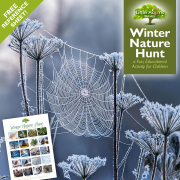



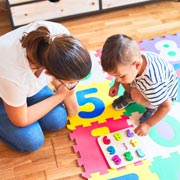 Once babies have transformed into toddlers, it’s never too early to introduce them to maths-based concepts and language. Indeed, introducing under-fives to such concepts in the earliest years will benefit them hugely as it lays the foundations for future learning. That’s one of the main reasons it is a part of
Once babies have transformed into toddlers, it’s never too early to introduce them to maths-based concepts and language. Indeed, introducing under-fives to such concepts in the earliest years will benefit them hugely as it lays the foundations for future learning. That’s one of the main reasons it is a part of  Familiarity with mathematical terms and concepts also helps to prepare children for formal education, including in many areas other than pure mathematics. Understanding maths concepts from an early age will allow them to confidently engage in number-related exercises and discussions, greatly enhancing their school readiness across multiple topics. Such preparation will allow them to take maths-based challenges in their stride right from the moment they begin Reception Year in primary school. What’s even more striking is that studies show a direct correlation between early mathematical skills and later educational achievement.
Familiarity with mathematical terms and concepts also helps to prepare children for formal education, including in many areas other than pure mathematics. Understanding maths concepts from an early age will allow them to confidently engage in number-related exercises and discussions, greatly enhancing their school readiness across multiple topics. Such preparation will allow them to take maths-based challenges in their stride right from the moment they begin Reception Year in primary school. What’s even more striking is that studies show a direct correlation between early mathematical skills and later educational achievement. Counting is the most obvious example. Counting can be introduced and practised by your little one in many, many situations, from counting how many more mouthfuls of food a child should eat, to the number of Lego blocks in a tower they’re creating.
Counting is the most obvious example. Counting can be introduced and practised by your little one in many, many situations, from counting how many more mouthfuls of food a child should eat, to the number of Lego blocks in a tower they’re creating. Shapes also have roots in maths, so children should get familiar with 3-sided triangular shapes, 4-sided shapes like squares and rectangles, and so on.
Shapes also have roots in maths, so children should get familiar with 3-sided triangular shapes, 4-sided shapes like squares and rectangles, and so on. Creative endeavours can also be vehicles through which supervising adults can highlight elements of mathematics that are built into designs and creations that children may generate. Patterns and shapes are obvious examples of that. Last but not least, parents can involve children in maths facets which are integral to everyday life, for instance, counting items when out shopping, or measuring when putting ingredients together for a meal. Children will love being more involved in such activities and will learn about maths in a fun, natural, and engaging way. Doing so will create the strongest foundations for their future learning.
Creative endeavours can also be vehicles through which supervising adults can highlight elements of mathematics that are built into designs and creations that children may generate. Patterns and shapes are obvious examples of that. Last but not least, parents can involve children in maths facets which are integral to everyday life, for instance, counting items when out shopping, or measuring when putting ingredients together for a meal. Children will love being more involved in such activities and will learn about maths in a fun, natural, and engaging way. Doing so will create the strongest foundations for their future learning.
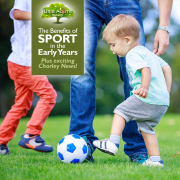


 With Chorley Football Club being only 4.8 miles and a 14-minute drive from
With Chorley Football Club being only 4.8 miles and a 14-minute drive from  Participation in sports benefits children in many different – and often profound – ways. That’s especially true for children in their early years, being a stage when they learn fundamental skills like jumping, running, throwing and catching balls, etc.
Participation in sports benefits children in many different – and often profound – ways. That’s especially true for children in their early years, being a stage when they learn fundamental skills like jumping, running, throwing and catching balls, etc.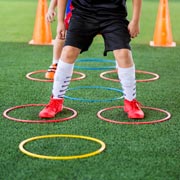 Sports and active hobbies will also help little ones hone balance, agility, coordination and motor skills. That’s incredibly important during early childhood as these key skills are still developing and, as the old proverb goes, “practice makes perfect.”
Sports and active hobbies will also help little ones hone balance, agility, coordination and motor skills. That’s incredibly important during early childhood as these key skills are still developing and, as the old proverb goes, “practice makes perfect.” Sport is a great socialiser too. Through sport, they’ll get used to interacting with other children as well as coaches, teachers, or childcare professionals. Moreover, children not only make new and deeper friendships through sport, but also learn social skills before, during and after such play. These skills and benefits will stay with them for the long term and will help to enrich their lives in profound ways.
Sport is a great socialiser too. Through sport, they’ll get used to interacting with other children as well as coaches, teachers, or childcare professionals. Moreover, children not only make new and deeper friendships through sport, but also learn social skills before, during and after such play. These skills and benefits will stay with them for the long term and will help to enrich their lives in profound ways.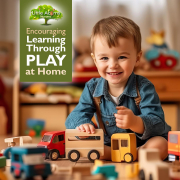

 As we discussed in our recent post
As we discussed in our recent post  Designate an area in your home for play. It doesn’t need to be elaborate — even a corner with a few age-appropriate toys, books, and art supplies may be sufficient. Ensure, of course, that the space is safe and free from hazards before your child embarks on their play activities.
Designate an area in your home for play. It doesn’t need to be elaborate — even a corner with a few age-appropriate toys, books, and art supplies may be sufficient. Ensure, of course, that the space is safe and free from hazards before your child embarks on their play activities.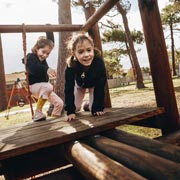 Outdoor play also offers a wealth of learning opportunities. It promotes physical health, stimulates the senses, and allows for unstructured exploration, which all contribute to holistic development. Take your child to the park, explore nature, or simply play with them in the back garden if you have one. Outdoor activities will also foster an appreciation for the natural world. Indeed, we wrote a whole post about
Outdoor play also offers a wealth of learning opportunities. It promotes physical health, stimulates the senses, and allows for unstructured exploration, which all contribute to holistic development. Take your child to the park, explore nature, or simply play with them in the back garden if you have one. Outdoor activities will also foster an appreciation for the natural world. Indeed, we wrote a whole post about  Reading is a wonderful way to support learning through play. Choose age-appropriate books, of course, and be sure to engage in interactive storytelling. Ask and encourage questions about the story, encourage your child to predict what might happen next, and ask them what they might do if it were them in the story. Books and reading teach children so many things and, like pretend play above, truly encourage their imaginations and get their creative juices flowing.
Reading is a wonderful way to support learning through play. Choose age-appropriate books, of course, and be sure to engage in interactive storytelling. Ask and encourage questions about the story, encourage your child to predict what might happen next, and ask them what they might do if it were them in the story. Books and reading teach children so many things and, like pretend play above, truly encourage their imaginations and get their creative juices flowing.  Arrange play dates with other children or involve siblings in play activities at home. Social play helps children learn essential social skills like cooperation, sharing, and conflict resolution. It’s also a great way to make new friendships, learn from each other, and become a closer member of friendship circles.
Arrange play dates with other children or involve siblings in play activities at home. Social play helps children learn essential social skills like cooperation, sharing, and conflict resolution. It’s also a great way to make new friendships, learn from each other, and become a closer member of friendship circles.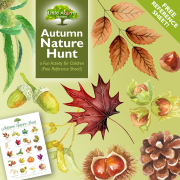
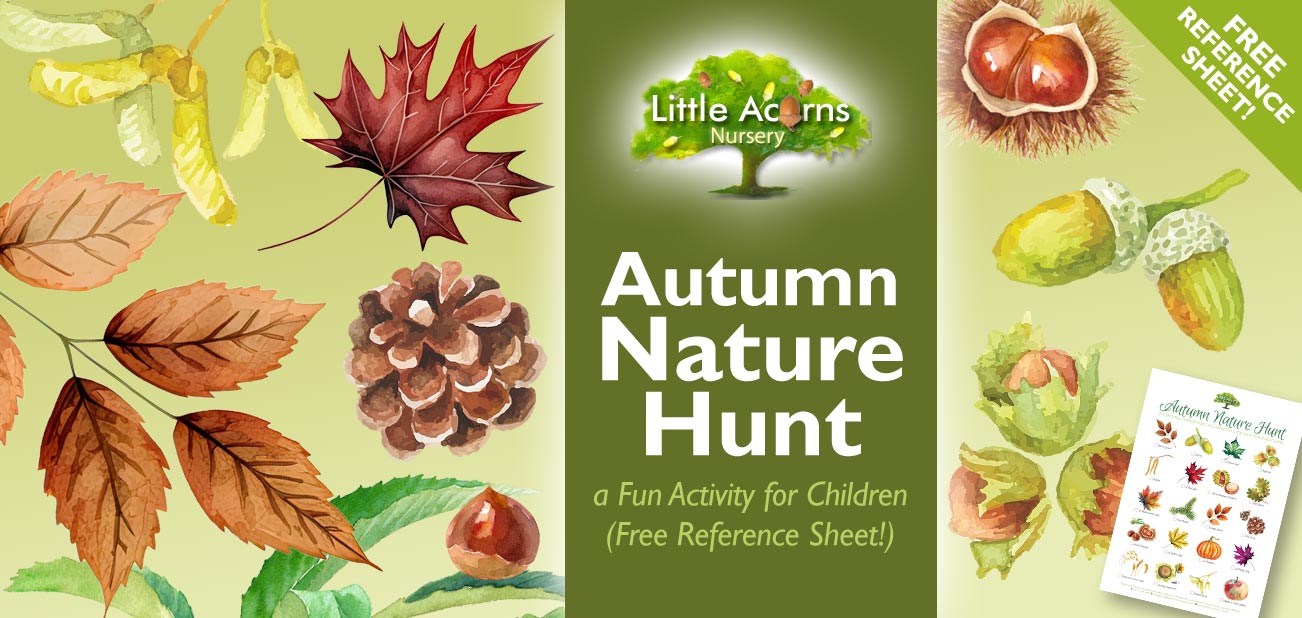
 By mid-November, autumn is in full swing and leaves are turning a myriad of different colours. Scenes of green, yellow, red and golden trees can be breathtakingly beautiful and the air is often crystal clear at this time of year — that’s great for photos! The autumn season also brings with it a treasure trove of fascinating natural things that children can discover if they take the time to look. Indeed, an autumn nature hunt is the perfect excuse for little ones to spend some time outdoors, where they will also
By mid-November, autumn is in full swing and leaves are turning a myriad of different colours. Scenes of green, yellow, red and golden trees can be breathtakingly beautiful and the air is often crystal clear at this time of year — that’s great for photos! The autumn season also brings with it a treasure trove of fascinating natural things that children can discover if they take the time to look. Indeed, an autumn nature hunt is the perfect excuse for little ones to spend some time outdoors, where they will also 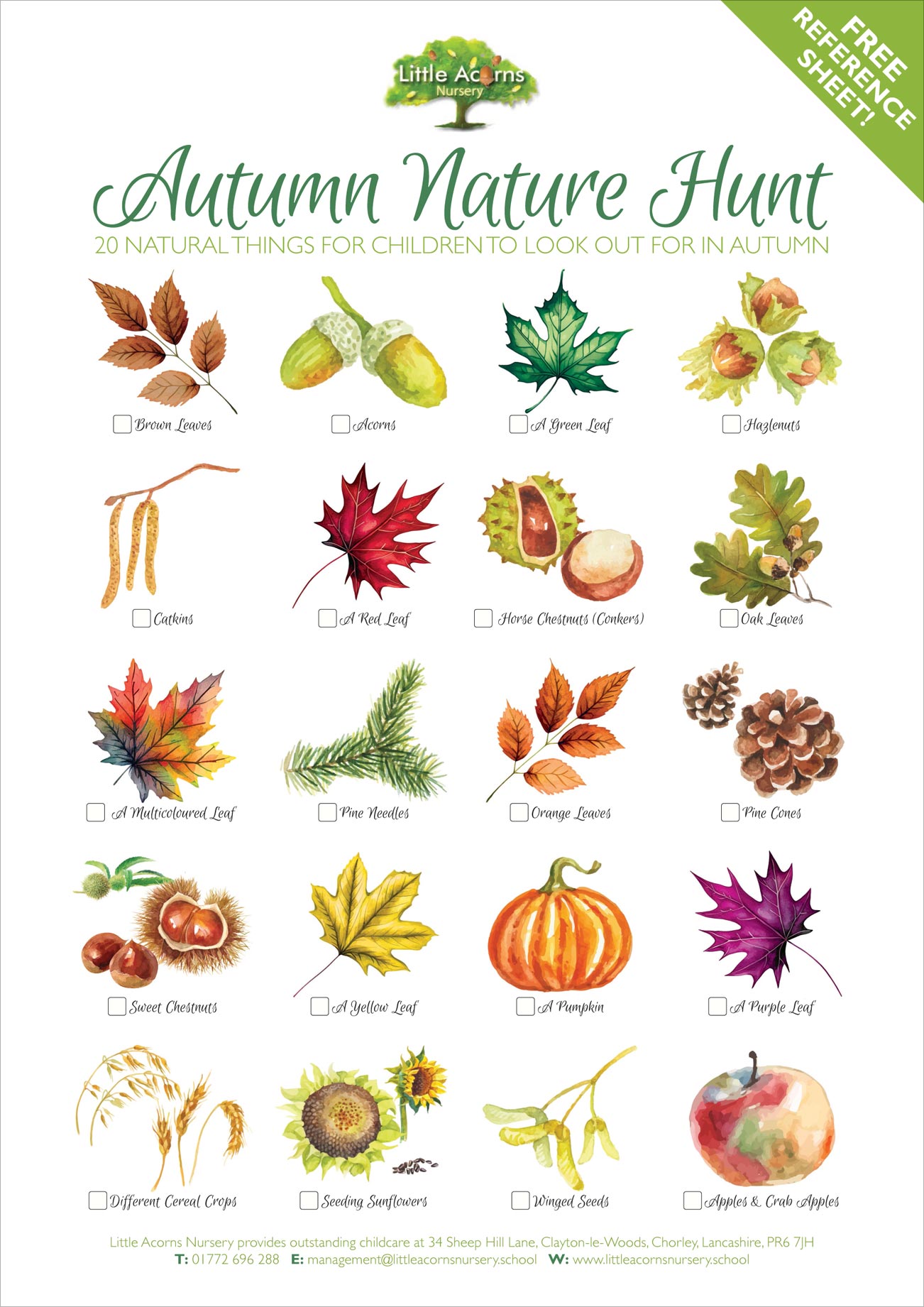
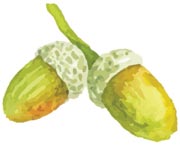 Ensure children, particularly the very young, receive appropriate adult supervision at all times. Although fascinating and fun, the outdoors holds many hazards for the unwary. Therefore, children will need to be closely monitored by a responsible adult in order to safeguard their well-being.
Ensure children, particularly the very young, receive appropriate adult supervision at all times. Although fascinating and fun, the outdoors holds many hazards for the unwary. Therefore, children will need to be closely monitored by a responsible adult in order to safeguard their well-being.
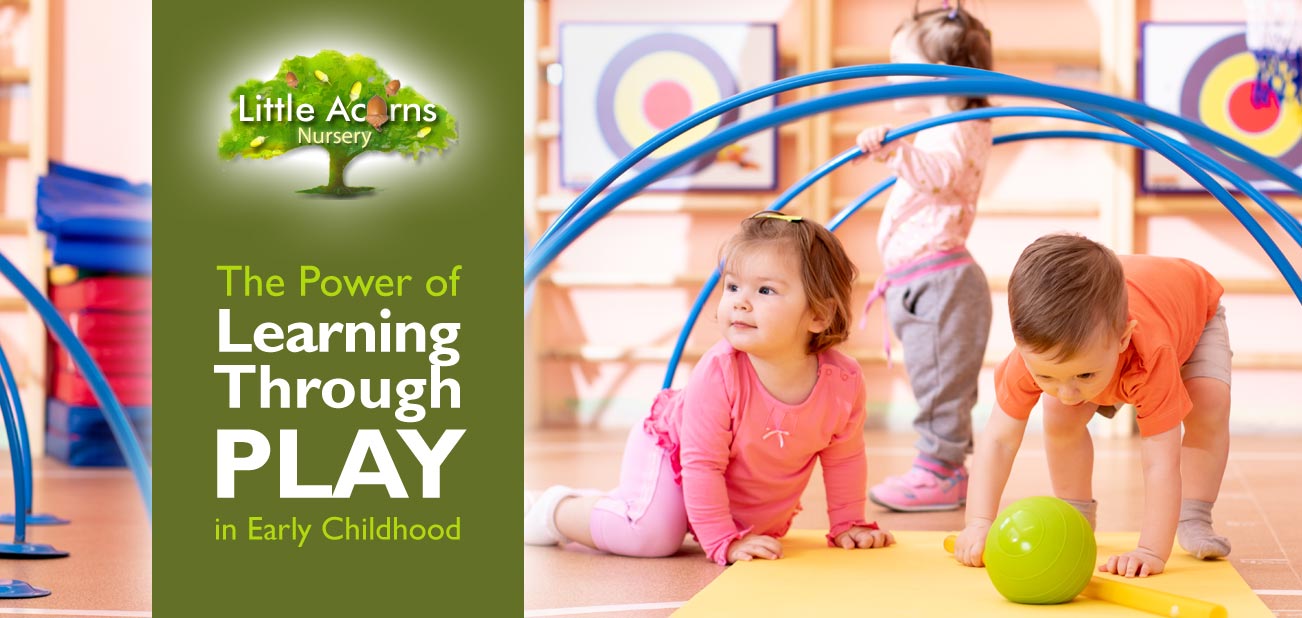
 In the world of child development and early education, there is a simple yet profound truth: children learn best when they are learning through play. Play is the universal language of childhood and, indeed, it transcends both borders and cultures. Whether it’s building sand castles on a sunny beach or arranging blocks on the floor at home, play is the gateway through which children explore, discover, and grow.
In the world of child development and early education, there is a simple yet profound truth: children learn best when they are learning through play. Play is the universal language of childhood and, indeed, it transcends both borders and cultures. Whether it’s building sand castles on a sunny beach or arranging blocks on the floor at home, play is the gateway through which children explore, discover, and grow.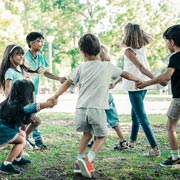 As adults, we often associate learning with classrooms, textbooks, and structured lessons. However, for children, the process of learning is a dynamic and ever-evolving adventure, with play being their very best companion during the journey.
As adults, we often associate learning with classrooms, textbooks, and structured lessons. However, for children, the process of learning is a dynamic and ever-evolving adventure, with play being their very best companion during the journey. Do babies benefit from play? Absolutely. Play is the first way through which infants start understanding their world. They use their senses to explore toys, grasp objects, and make sense of the environment around them. Sensory play, such as touching different textures or listening to soothing sounds, stimulates their developing senses and lays the groundwork for future learning.
Do babies benefit from play? Absolutely. Play is the first way through which infants start understanding their world. They use their senses to explore toys, grasp objects, and make sense of the environment around them. Sensory play, such as touching different textures or listening to soothing sounds, stimulates their developing senses and lays the groundwork for future learning. During the run-up to the age of 5, play is integral to children’s development. During this phase, children are like little sponges, soaking up information from their surroundings. Play allows them to experiment, make connections, and refine their cognitive and many other skills. Skills enhanced through play include:
During the run-up to the age of 5, play is integral to children’s development. During this phase, children are like little sponges, soaking up information from their surroundings. Play allows them to experiment, make connections, and refine their cognitive and many other skills. Skills enhanced through play include: Creating playful environments — we understand the importance of a conducive environment for learning through play. With that in mind, we provide carefully designed play spaces that are rich in stimulating materials and resources. These spaces allow children to engage in various types of play, from imaginative to sensory, in a safe and supportive setting.
Creating playful environments — we understand the importance of a conducive environment for learning through play. With that in mind, we provide carefully designed play spaces that are rich in stimulating materials and resources. These spaces allow children to engage in various types of play, from imaginative to sensory, in a safe and supportive setting.